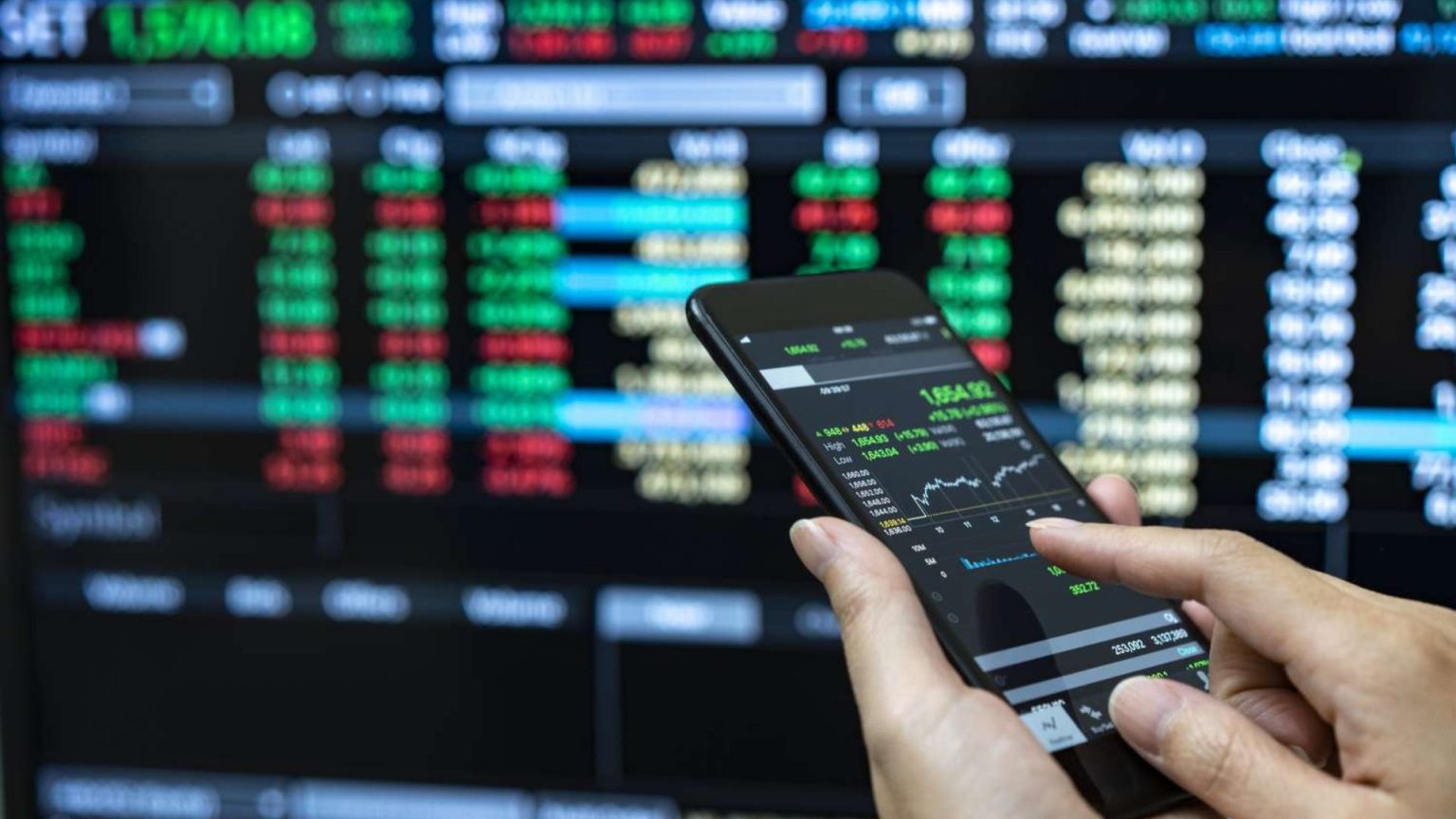The Forex market is open 24 hours a day, 5 days a week, but not all hours are created equal. Understanding how different global trading sessions work can be the key to unlocking better setups, tighter spreads, and more profitable trades.
In this blog, we’ll break down the four major trading sessions (Sydney, Tokyo, London, and New York), explain their unique characteristics, and show you how to time your trades for maximum efficiency based on volume, volatility, and overlap zones.
🌍 The Four Major Forex Trading Sessions
- Sydney Session (Australia)
- Time (EST): 5:00 PM – 2:00 AM
- Best Pairs to Trade: AUD/USD, NZD/USD, USD/JPY
- Key Traits:
- Often low volatility
- Good for scalping or setting up trades for the next session
- Thin liquidity, especially during the first hour
- Tokyo Session (Asia)
- Time (EST): 7:00 PM – 4:00 AM
- Best Pairs: USD/JPY, EUR/JPY, AUD/JPY
- Key Traits:
- Starts to pick up volatility from Asia
- Japanese economic news creates short bursts of movement
- Lower spreads than Sydney
- Often sets the initial range for the day
- London Session (Europe)
- Time (EST): 3:00 AM – 12:00 PM
- Best Pairs: EUR/USD, GBP/USD, USD/CHF
- Key Traits:
- High volatility and volume
- Major news releases from the UK and EU
- Most liquid session
- Best time for breakouts and trend setups
- New York Session (US)
- Time (EST): 8:00 AM – 5:00 PM
- Best Pairs: EUR/USD, USD/JPY, GBP/USD
- Key Traits:
- Overlaps with London (8 AM – 12 PM EST) = Most volatile time of day
- Big moves from US economic news (NFP, CPI, FOMC)
- Afternoon slows down as London closes
⚔️ Trading Session Overlaps = Prime Time
One of the most profitable periods in forex trading is during session overlaps, when two major financial centers are open simultaneously.
🔥 London–New York Overlap (8 AM – 12 PM EST)
- Most volume + volatility
- News releases cause aggressive breakouts
- Ideal for trend continuation and breakout strategies
🔥 Tokyo–London Overlap (3 AM – 4 AM EST)
- Shorter overlap
- Can lead to early trend setups or reversals as momentum shifts
🧠 How to Trade Based on Session Behavior
| Session | Strategy | Reason |
|---|---|---|
| Sydney | Setups & small scalps | Calmest session, ideal for prep |
| Tokyo | Range trades or pre-breakout | Establishes early highs/lows |
| London | Trend trading, breakout strategies | Most volatile & high-volume |
| New York | Continuation/reversal trades | Volume + news-driven moves |
📈 Pro Tip: Match Currency Pairs With Their Home Sessions
If you’re trading during Tokyo hours, focus on JPY pairs. During London, favor EUR and GBP. For New York, USD pairs dominate. This helps you stay in sync with the session-based liquidity and avoid dead zones.
🔄 The EPIQ Advantage: Trade Across Markets With Confidence
At EPIQ Trading Floor, we teach traders how to:
- Use volume heatmaps to anticipate volatility shifts
- Time trades with macroeconomic calendars and session overlap confluences
- Apply proven strategies that adapt to each session
- Leverage our real-time dashboards for forex, stocks, and crypto
Whether you’re trading Tokyo breakouts or catching New York reversals, we help you get there.
👉 Join here
⚠️ Final Word
Not all hours are equal in forex or global markets. By learning the rhythm of each session, and aligning your trades with them, you gain a massive edge. Add a sound strategy, risk management, and psychological discipline, and you’re on your way to trading like a pro.
📌 Disclaimer
This blog is for educational purposes only and does not constitute financial advice. Always do your own research and trade responsibly.










Responses